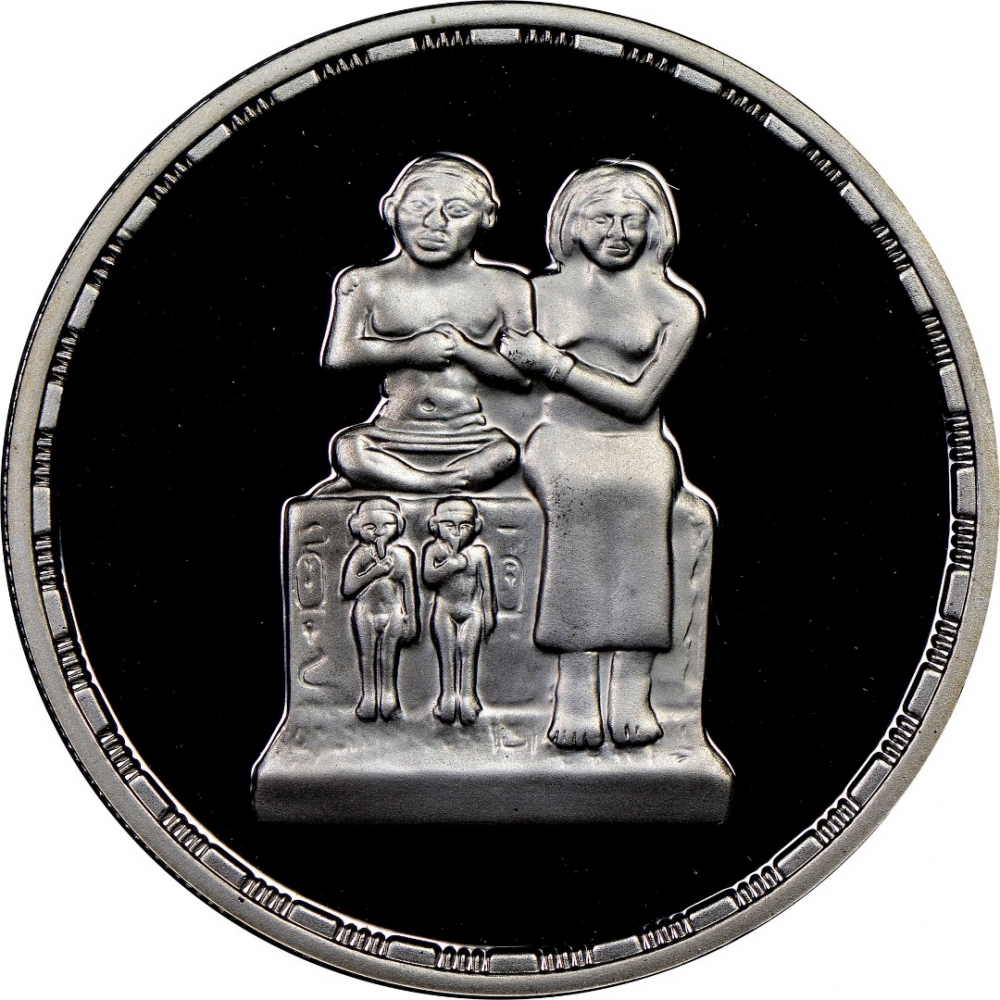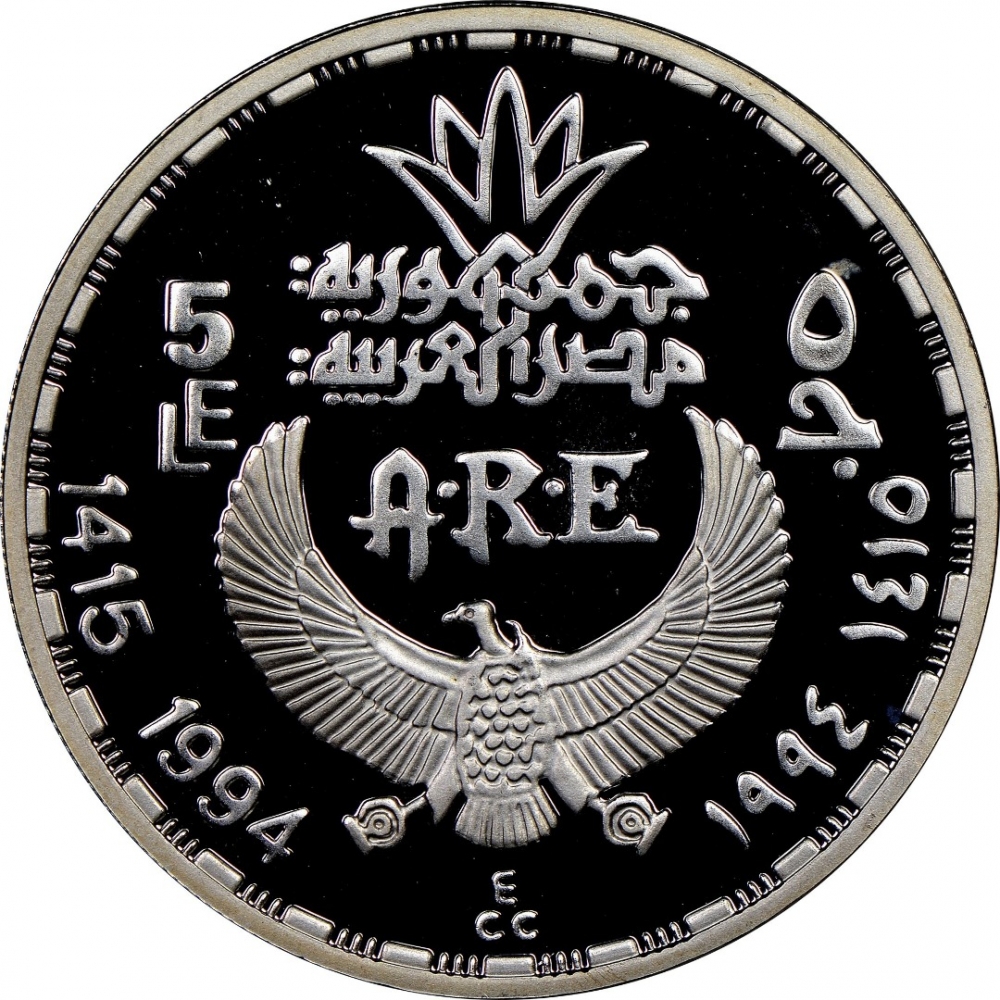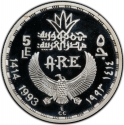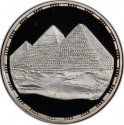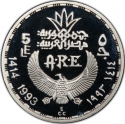You are about to finish your registration. Please check your mailbox (including spam folder). There should be a letter with a confirmation link. Check setting to make sure that your e-mail address is correct.
Send letter againDescription
The limestone sculpture of Seneb and his family is part of the collection of the Egyptian Museum in Cairo. It depicts Seneb and his wife sitting next to each other with their children in the lower register.
Seneb was a high-ranking court official in the Old Kingdom of Ancient Egypt, circa 2520 BC. A dwarf, Seneb was a person of considerable importance and wealth who owned thousands of cattle, held twenty palaces and religious titles and was married to a high-ranking priestess of average size with whom he had three children. His successful career and the lavishness of his burial arrangements are indicative of the acceptance given to dwarfs in ancient Egyptian society, whose texts advocated the acceptance and integration of those with physical disabilities.
Seneb is depicted with his wife and children in a painted sculpture from his tomb, rediscovered in 1926, that is a famous example of Old Kingdom art. Paintings and carvings in the tomb give his titles and depict various scenes from his life, such as carrying out inspections of his estate and holding symbols of his office.
Obverse

|
Depicts the statue of the Dwarf Seneb and his family. |
|---|---|
Reverse

|
Stylized state name (Arab Republic of Egypt) divides denomination in Arabic and English and abbreviation of state name (A.R.E.) below, the date in Arabic (Hijri) and Western (Georgian) divides by a vulture with open wings. Engraver's initials (ECC) below. 5 ٥ جمهورية مصر العربية |
| Edge |
5 Pounds
Pharaonic Treasure / Ancient Egyptian Art
Dwarf Seneb and His Family
Subscribe series
KM# 831
Pharaonic Treasure / Ancient Egyptian Art
Dwarf Seneb and His Family
